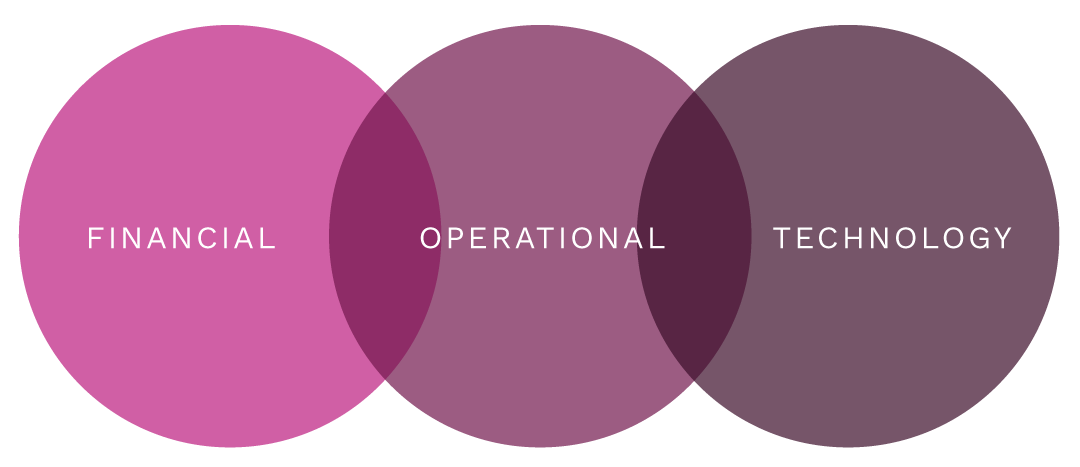Fundraising

Our fundraising strategy explores diverse avenues in fundraising such as individual donors, corporate partnerships, foundation grants, and volunteer leadership.

Financial
- Evaluate your program’s sustainability and assess if we need to start a new program.
- This includes looking at financials and your long-term sustainability.
- Create goals and metrics for financial sustainability.
- Create a plan to diversify your fundraising stream to sustain your operation.
Operational
- Evaluate your dedicated staff, board involvement, and volunteers to see what resources are needed to implement the plan.
- Establish systems, processes, and deadlines to execute the plan.
- Implement the current plan with weekly accountability.
- Conduct training for the staff, board, and volunteer leadership.
- Measure the return on investment and go over the next steps.
Technology
- Evaluate current donor management system(s) to efficiently target donors.
- Recommend the best donor management system for the organization.
- Create a process for stewardship and donor relations using technology.
MY 9 STEP SOLUTION
TO A SUCCESSFUL FUNDRAISING STRATEGY
1. Assessment
The first step is understanding the current state of the organization. This involves an in-depth assessment of the organization’s mission, vision, programs, operations, and strategic plan. This evaluation should also review the organization’s leadership, governance, financial management, staff capabilities, and other critical areas.
2. THE PLAN
Based on the assessment, develop a fundraising plan that strategically aligns with the organization’s mission and vision. It will address short-term and long-term goals, the steps needed to achieve these goals, and performance metrics to track progress.
3. Fundraising & development strategy
Advise fundraising strategies tailored to the organization’s size, scope, and community.
4. Board development & governance
Develop strategies to recruit, onboard, engage, and retain effective board members. Also, define and clarify the roles and responsibilities of the board, the relationship between the board and the staff, and the governance policies of the organization.
5. Operational Efficiency
Help the organization streamline its operations, reduce wastage, and improve productivity. This could involve implementing or improving management systems, technology solutions, financial procedures, and other processes.
6. Marketing and Outreach
Support the organization in creating effective marketing and communication strategies to raise awareness, engage stakeholders, and attract donors, volunteers, and beneficiaries.
7. Performance Measurement
Develop systems to measure and evaluate the organization’s performance against its goals. Regularly monitor these metrics and adjust strategies as needed.
8. Capacity building
Supporting organizations in building their internal skills and capabilities to deliver their services more effectively and sustainably
9. Support & Coaching
Provide ongoing support and coaching to the organization’s leadership and staff. This could involve regular check-ins, training sessions, resource sharing, and guidance in problem-solving.
The specific services provided will depend on the needs and capacities of the nonprofit organization. The overall goal of this comprehensive approach is to empower the organization to fulfill its mission effectively and sustainably.
FUNDRAISING ASSESSMENT
“Everyone can be great because everyone can serve.”
